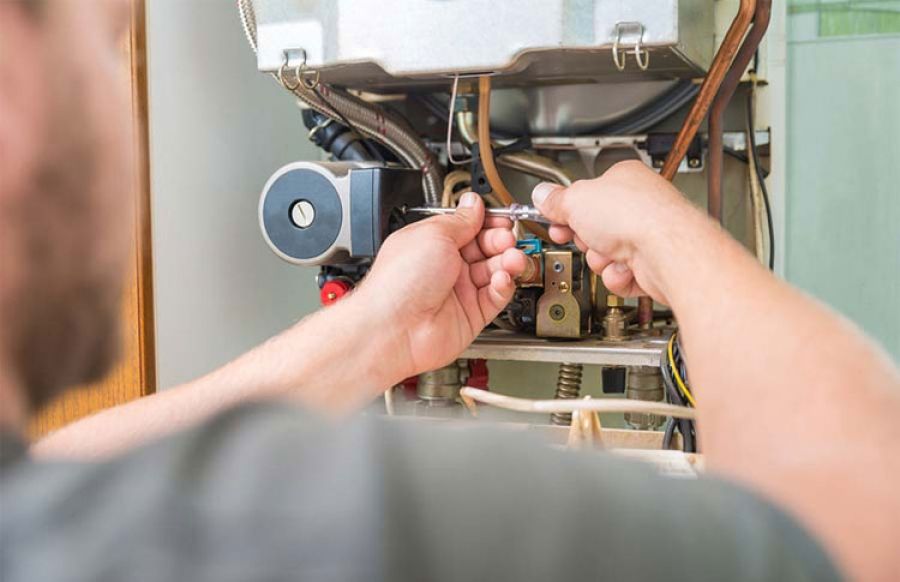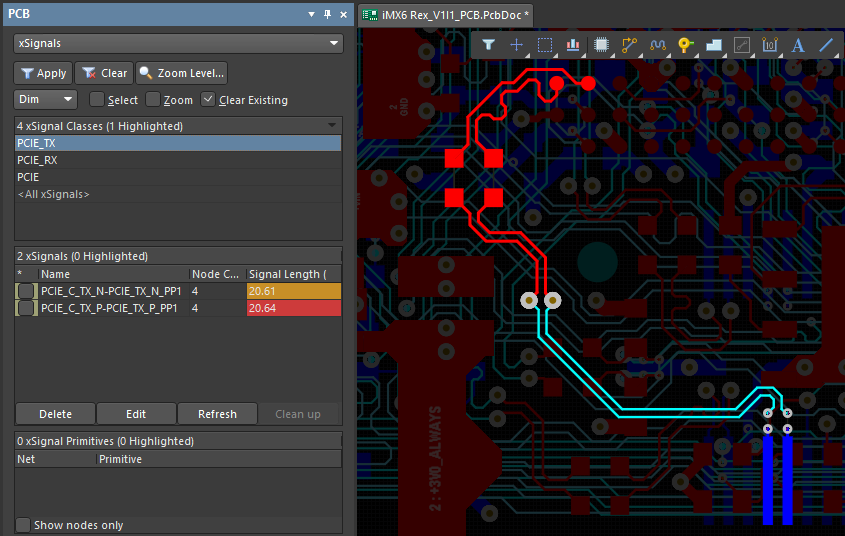Inverter Frequenzumrichter Danfoss SEW Lenze Siemens reparieren lassen has fundamentally transformed the way we manage and utilize electrical power in various applications, from everyday household appliances to industrial machinery. It serves as the backbone of modern power systems, enabling efficient energy conversion and facilitating the seamless operation of numerous devices.
What is an Inverter?
At its core, an inverter is an electronic device designed to convert direct current (DC) into alternating current (AC). This conversion process is crucial because while many electrical devices operate on AC power, sources like batteries or solar panels produce DC power. Inverters bridge this gap, making it possible to use DC power sources to operate AC-powered appliances and equipment.
How Does Inverter Technology Work?
Inverter technology functions through a series of electronic components, typically including transistors, capacitors, and control circuits. The primary function of an inverter involves converting DC to AC by modulating the input voltage. This modulation generates a waveform that mimics the characteristics of standard grid AC power, usually a sine wave or a modified sine wave.
The inverter’s control circuitry ensures the output voltage and frequency match the requirements of the connected devices. In more advanced systems, like those used in renewable energy applications or high-tech appliances, the inverter might also include additional features such as voltage regulation, overload protection, and energy-saving functionalities.



